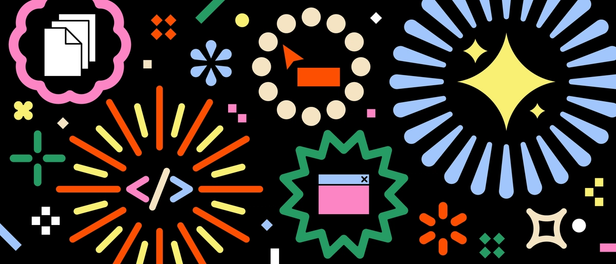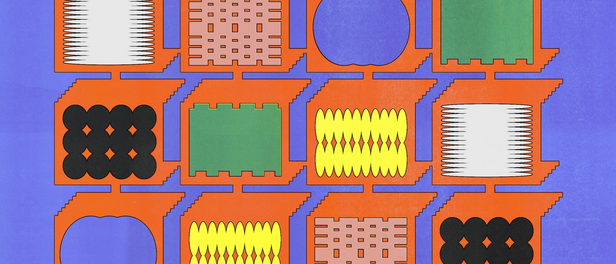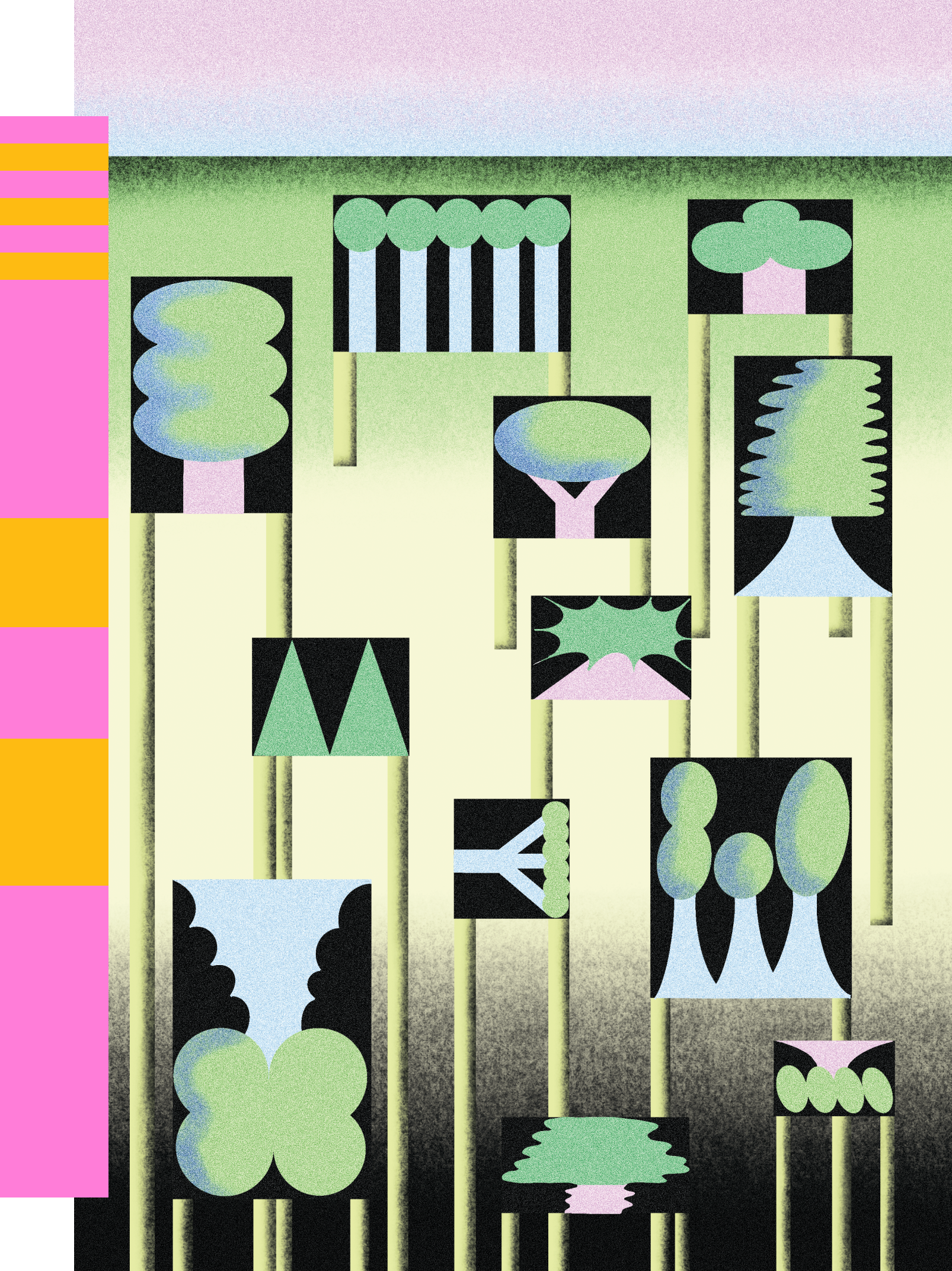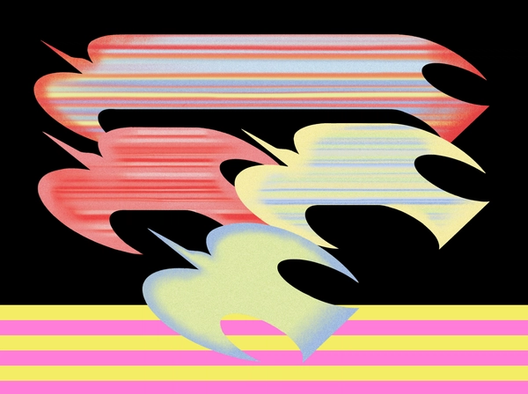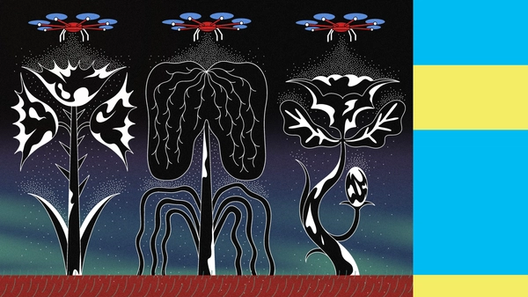As AI democratizes product development, design will be the differentiator. But what exactly does “good” look like, and what does it mean for our craft?




Illustrations by Jiyung Lee
Just as the iPhone’s arrival in 2007 ushered in a new era of mobile-first design, AI underscores the things we know to be true: It takes time—and a healthy dose of experimentation—to uncover the design patterns that will unlock the full potential of a new technology. In the early days of mobile, many companies simply crammed their existing desktop experiences onto smaller screens in a race to adapt. Today, we find ourselves at a similar inflection point. We’re already seeing a flood of simple chatbots and templated solutions that, while a bit clumsy, are brimming with potential. As designers, it’s up to us to unlock this potential with rich interactions, intuitive gestures, and patterns that fit the medium as we did for mobile.
AI’s ability to generate code, designs, and even entire applications from simple prompts will enable teams to go from concept to creation faster than ever, while also inviting more people to participate in that process. In this future, design will be even more important to making those products stand out. But what does good design actually look like in the age of AI? And how do you guide a team towards that when the technology is changing so rapidly?
At Figma, we’re actively exploring these questions. We believe that AI presents a tremendous opportunity for designers, but realizing its full potential will require a deep understanding of what makes great design. Rather than chasing the latest trends or building for technology’s sake, perhaps we should ground our work in the unchanging principles of our craft—empathy, creativity, and a focus on solving real user needs.
In the following perspectives from our designers, we explore these questions and share our thoughts on the future of design in the age of AI. From establishing algorithmic foundations to imagining new models of co-creation, we examine how we’re building AI-powered products that don’t just automate design, but elevate it, and why we believe the role of the designer—no matter how it evolves—is more important than ever.
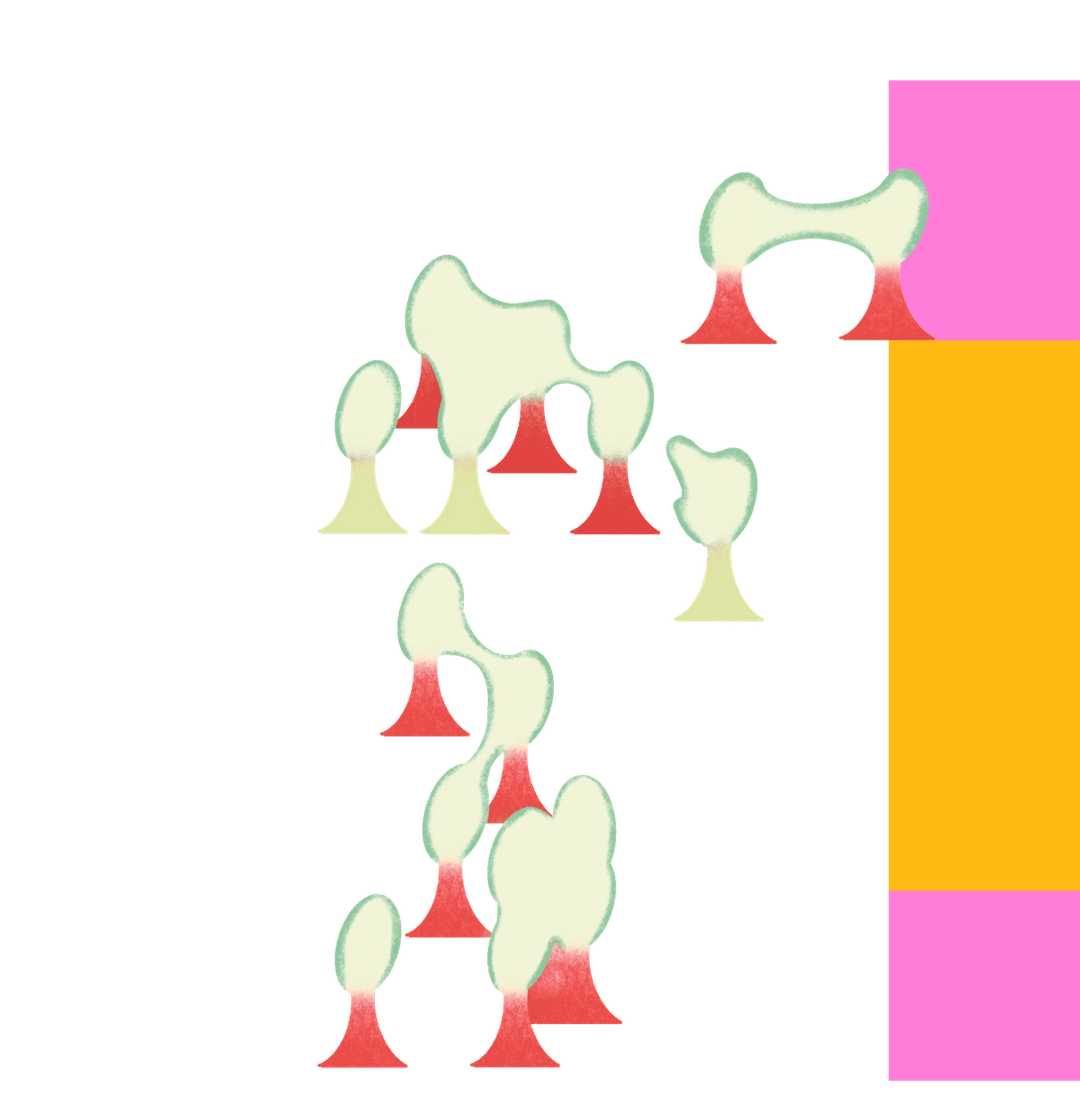
On codifying the fundamentals of good design

When we first began building our AI feature for generating a first draft of UI using design systems, we knew that we needed to teach AI the mechanics of good design. Part of that was articulating our own definition of “good.” Like many other AI products, Make Designs works by creatively hacking large language models (LLMs) to perform tasks. Text-based by nature, LLMs are tremendously useful for work like writing or coding—tasks oriented around text—but it takes a greater leap to get an LLM to generate good visual work, such as UI design.
We quickly realized that we couldn’t just hand off an all-encompassing set of design rules. Not only is it impossible to define every minutiae of what “good” is into finite guidelines, but even if we could, token limits make it technically infeasible to feed AI a monster prompt of rules. Instead, we had to reduce the principles of good design to a small, but mighty set of guidelines that hold generally true for any UI.
This brought me back to my days teaching design. When you have to teach, you’re forced to deconstruct your own intuitive understanding into a few clear principles someone else can run with. The real challenge lies in finding rules that are clear, concrete, and instructive, while also being reliably true given any use case. These two criteria are often at odds with each other, which is why this deconstruction process is so difficult. Instructions like “always place the primary action at the bottom of a screen” or “always measure in 8px increments” strike this balance—they’re specific enough to be practically applicable, yet universal enough to be helpful for nearly any UI someone might want to create. By focusing on communicating these highest-leverage design truths to the AI, we were able to significantly increase the quality of Figma AI’s outputs within just a few weeks.
Websites and apps may seem infinitely varied, but we found that pretty much all of the software we use can be boiled down to just a few core layouts. While this has sparked some discourse in the design industry around homogeneity, we should also remember that these familiar patterns help people more comfortably and easily navigate technology. By having our Make Designs feature master those foundational compositions first, rather than endless permutations, we were able to establish a solid baseline. This algorithmic baseline is the new creative starting line. As AI will always produce the standard, most conventional approach, it will also be the role of the designer to bring new ideas to the table. After all, AI trained on the past can’t invent the future.
On tightening the loop from design to code

As AI tools support the workflows of both designers and engineers, their core skill sets will evolve to meet the demands of this new paradigm. Designers may acquire more technical knowledge to better understand the capabilities and limitations of AI tools, while engineers may develop a stronger grasp of design principles to create more user-centric solutions. While the final outputs may look similar, how they get there will become increasingly efficient and collaborative.
This is similar to the role of the design engineer today. In many cases, a “design engineer” started out as a designer who wanted to build their ideas, or an engineer who wanted to make their UI look better. They took the time to cultivate new skills, flexing into the other discipline. In the future, I see more of us evolving into this multifaceted “product builder” archetype—creative individuals who can leverage AI to realize their visions with ease and fluidity. But even as the boundaries between disciplines blur, I believe there will always be a place for specialized roles and skills. Designers will continue to craft exceptional user experiences, while engineers will focus their time on building robust and scalable systems. AI might assist by generating layout suggestions or code snippets, but the final creative direction and technical implementation will still rely on human expertise. As AI becomes more integrated into this process, we can expect a more seamless loop between design and development.

On the power of pragmatism

For me, good design in the age of AI is about leveraging today’s technologies in pragmatic, high-impact ways. There’s so much low-hanging fruit with what AI can reliably do right now. Search is the perfect example. You spend all this time just looking for the right stuff—digging through files, bugging teammates for links, trying to find that one component or asset you need. With AI-assisted search, you can instantly retrieve exactly what you need just by describing it in plain language. Visual Search takes this a step further, allowing you to locate a specific design within your organization by simply uploading a screenshot.
AI-assisted search also has the potential to breathe new life into the countless design explorations that never see the light of day. So much valuable work ends up in the “design graveyard” never to be seen or referenced again. But with the power of AI, all of that work can be easily retrieved, serving as a source of inspiration or helping to unblock you creatively. By making it easier to access and learn from past work, designers can spend less time searching and more time focusing on the essence of our craft—going deeper on polish and delivering better informed, more seamless experiences.
The key is to mesh AI into our existing processes in a thoughtful, incremental way. Rather than chasing an overhyped vision of an omniscient “AI assistant” before the technology is truly ready, we should focus on the readily attainable value that AI can reliably provide right now. Features like AI-assisted search and automated layer renaming may seem small, but they have the capability to provide real, tangible benefits to our everyday workflows. By starting with what works reliably and learning quickly through iteration, we can let AI’s role steadily expand in lockstep with its evolving capabilities over time. This incremental approach paves the way for more advanced AI applications in the future, ensuring that we don’t overreach and risk disappointment in the short term.
On leaning into a model of co-creation

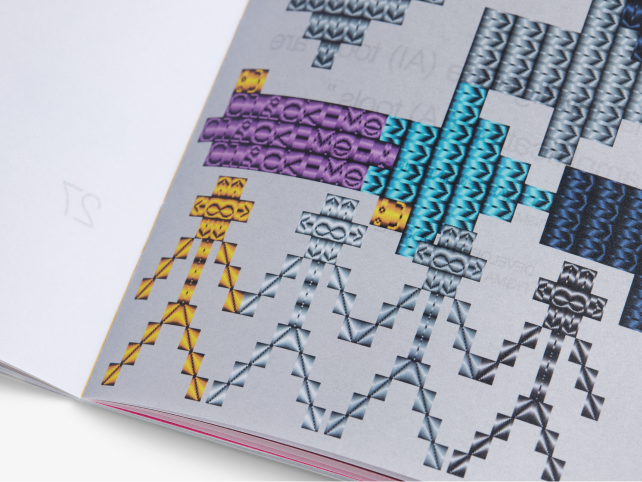
This article is part of The Prompt, an online and print magazine by Figma and designed by Chloe Scheffe.
My team keeps coming back to this idea of “co-creation.” Rather than siloed tools spitting out context-free outputs, we need AI that intelligently anticipates our needs and adapts in a complementary way. The key is that AI is only going to be as helpful as its awareness of what you’re actually doing day-to-day. Right now we compensate by prompting users for more context, but we need AI that proactively knows our specific goals, our established design systems, past work, and project contexts.
This kind of design doesn’t just serve; it collaborates, offering a co-creation model where the tool enhances your creative process rather than simply automating it. For example, instead of prompting everything into existence from scratch, the AI should improve things as you work, much like how GitHub’s Copilot assists developers. It shouldn’t do the work for you; it should work with you to bring your ideas to life. This approach allows us to move beyond the role of mere users to that of creators, working alongside AI that truly understands and supports our workflows.
Imagine having just wrapped up a planning session in FigJam, where an AI can instantly grasp the meeting notes, priorities, and action items tagged across your boards. From there, it could intelligently suggest “Create a roadmap visualizing those Q3 initiatives” or “Draft a presentation deck summarizing key takeaways.” And it infuses those outputs with your team’s actual styles, methods, and visual language by indexing your prior work. Not regurgitating generic templates, but extending your team’s specific way of working.
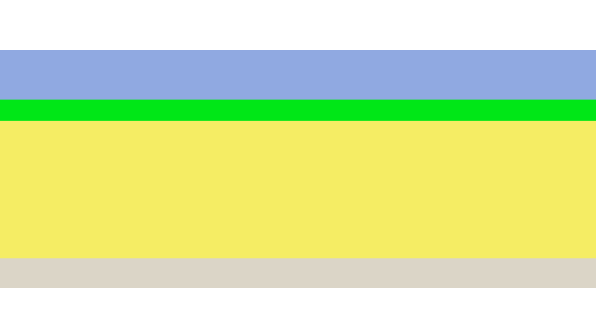
Explore the rest of The Prompt, a magazine available online and in the Figma Store as a limited print edition.
Related articles

